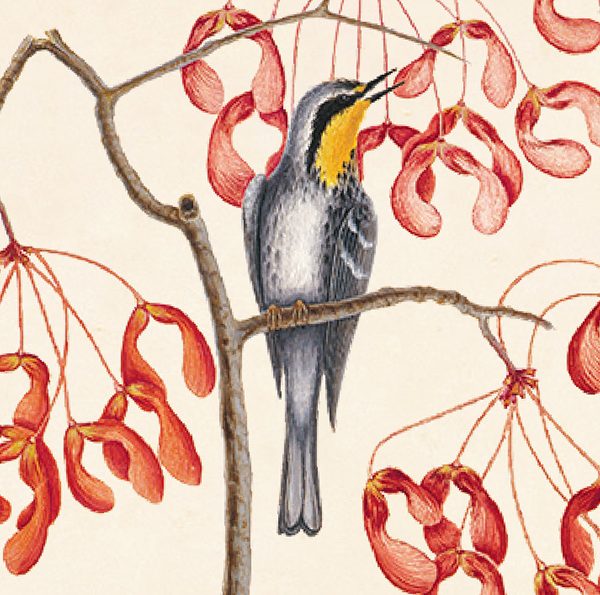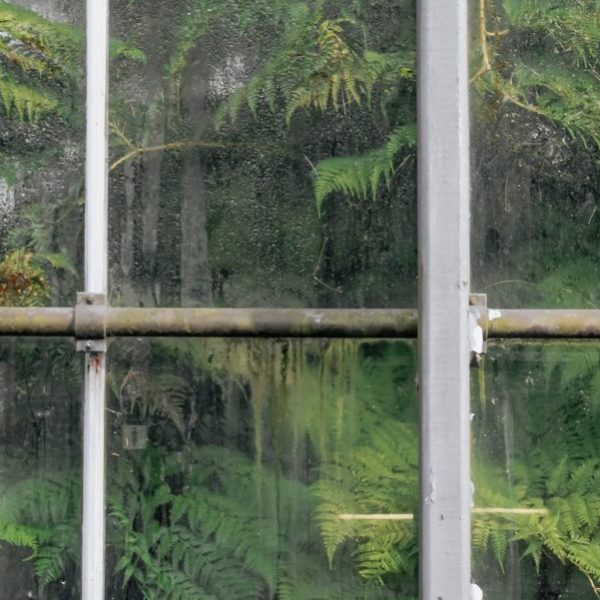Softly Spun, Hardly Simple: Spider Silk
There are more than 40,000 spider species on planet Earth, occupying habitats from North America to Africa and from the desert to the rainforest. Yet in spite of their vastly different living conditions, all spiders have a similar body structure. How is this possible? Spider silk.
It is spider silk that allows each species to adapt to its specific circumstances, and thus, to hunt, breed, and flourish across the globe. In fact, silk is what makes a spider a spider, for contrary to what many of us learned in school, an eight-legged insect only qualifies as a spider if it has spinnerets—the outside of the spider’s silk-making system.
 Luckily for us, science writer Leslie Brunetta and internationally recognized arachnologist Catherine L. Craig are no Little Miss Muffets. Rather than running away in the face of spiders—itsy bitsy or otherwise—in their book Spider Silk: Evolution and 400 Million Years of Spinning, Waiting, Snagging, and Mating, newly available in paperback, they lean in for a closer look at the substance that helps Spider-Man defeat his enemies (though his is mechanically produced) and saved the life of a pig called Wilbur in E.B. White’s beloved children’s classic, Charlotte’s Web.
Luckily for us, science writer Leslie Brunetta and internationally recognized arachnologist Catherine L. Craig are no Little Miss Muffets. Rather than running away in the face of spiders—itsy bitsy or otherwise—in their book Spider Silk: Evolution and 400 Million Years of Spinning, Waiting, Snagging, and Mating, newly available in paperback, they lean in for a closer look at the substance that helps Spider-Man defeat his enemies (though his is mechanically produced) and saved the life of a pig called Wilbur in E.B. White’s beloved children’s classic, Charlotte’s Web.
Charlotte’s famous construction is actually a vertical orb web, and while children across America use black crayon to trace its outline each Halloween, a spider’s creation of this archetypal web shape actually involves three types of silk—each serving a different purpose of connecting, supporting, and structuring. The web’s stickiness is the result of a secretion that coats one kind of thread, allowing the spider to catch insects even as they fly along at high speed. Yet this is not the only use for spider’s silk. The earliest spiders were burrowers, and some still forego webs for silk linings for their nests. Others craft air bubbles to allow their spiderlings to hatch underwater; still more use their silk as lines and repel like eight-legged rock climbers.
From a scientific perspective, spider’s silk offers compelling insights into genetics as well. While adaptations such as flight depend on myriad factors that cannot all be encoded by a single gene, the production of silk is largely controlled by a very specific genetic sequence, providing geneticists with a stage on which to watch the play of natural selection.
Listen to Brunetta, in her discussion of this and other aspects of Spider Silk on the podcast, Skeptically Speaking.

























